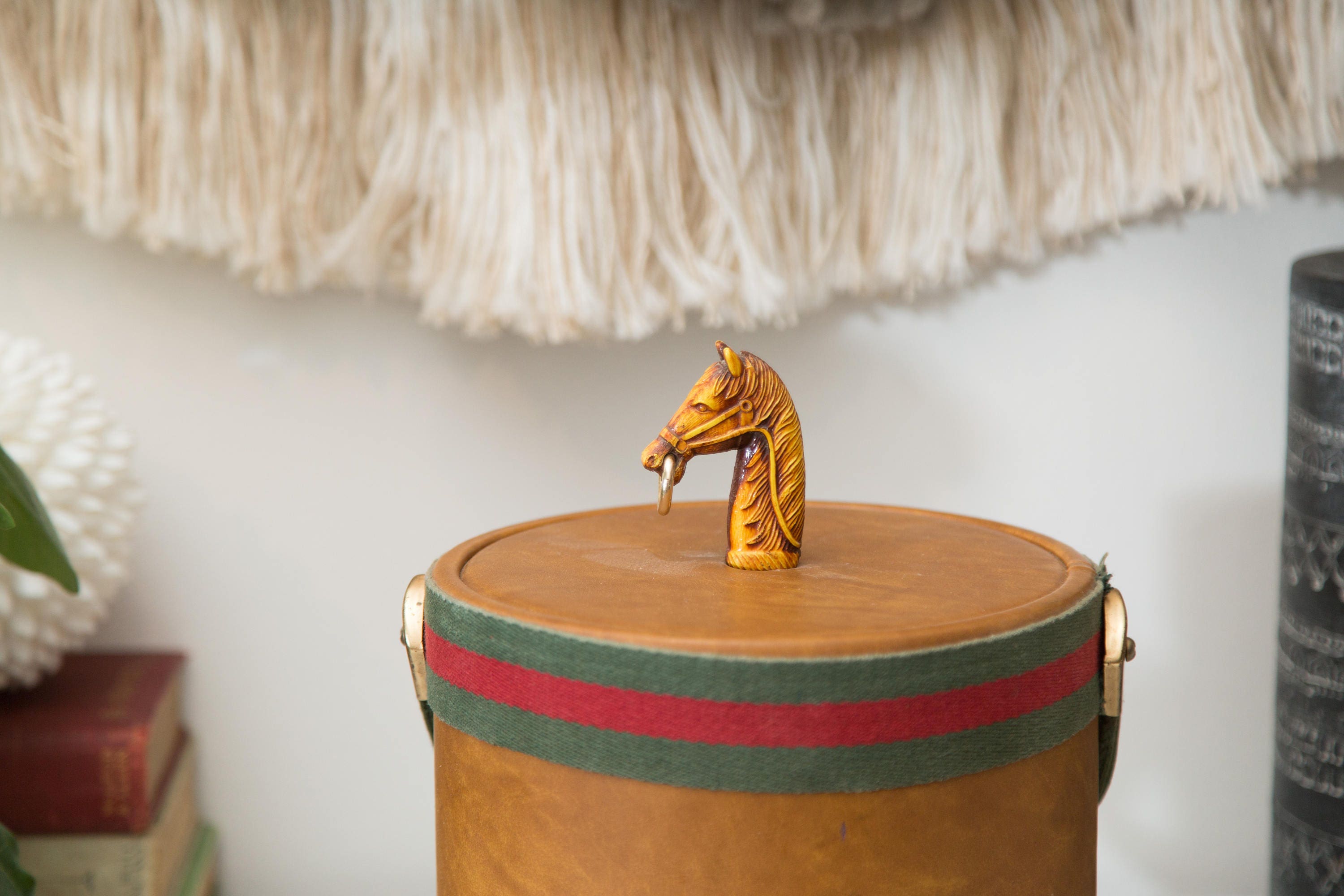
The risk is about much more than the tail getting caught and pulled out. The most important thing about using hooks and snaps is to always put the fastener side toward the wall, with the smooth side toward the horse. So, water buckets are hung in stalls with the bottom at least as high as the horse’s chest to prevent the horse pawing into the bucket and getting injured. Larger vessels may be secure, but are not efficient for daily cleaning. A horse will put his foot through the handle and get seriously hurt. Never serve water in a bucket with a handle on the ground. Indoors, water is usually served in hanging buckets because they don’t get knocked over. Though, they should be removed after each feeding and washed weekly. They offer a natural feeding position and the tubs work well for being soft and not having a handle. Some horses eat out of low-to-the-ground rubber tubs.

#Horse buckets full
Always have at least one full bucket of clean water available in the stall and if outside for hours. At home, such additives will ferment and prevent him from drinking. On the road, put apple juice, cider vinegar or Dengi in the water to make it irresistible.

When shipping, make sure the horse drinks at least every 6 hours. If he does not drink as much as normal: heads up. Hang buckets in the front of the stall, so the horse will think to drink. To encourage drinking, wipe and empty buckets daily- twice when it’s really hot. Keep plenty of clean water available to make sure your horse drinks lots of water. May they save you lot of heartache.īuckets are important: if a horse is dehydrated, all his body functions are disabled.

In this new monthly series, I am delighted to share easy tips to avoiding problems. Simple things can make all the difference to the lives of horses and owners.


 0 kommentar(er)
0 kommentar(er)
